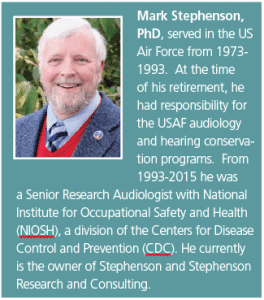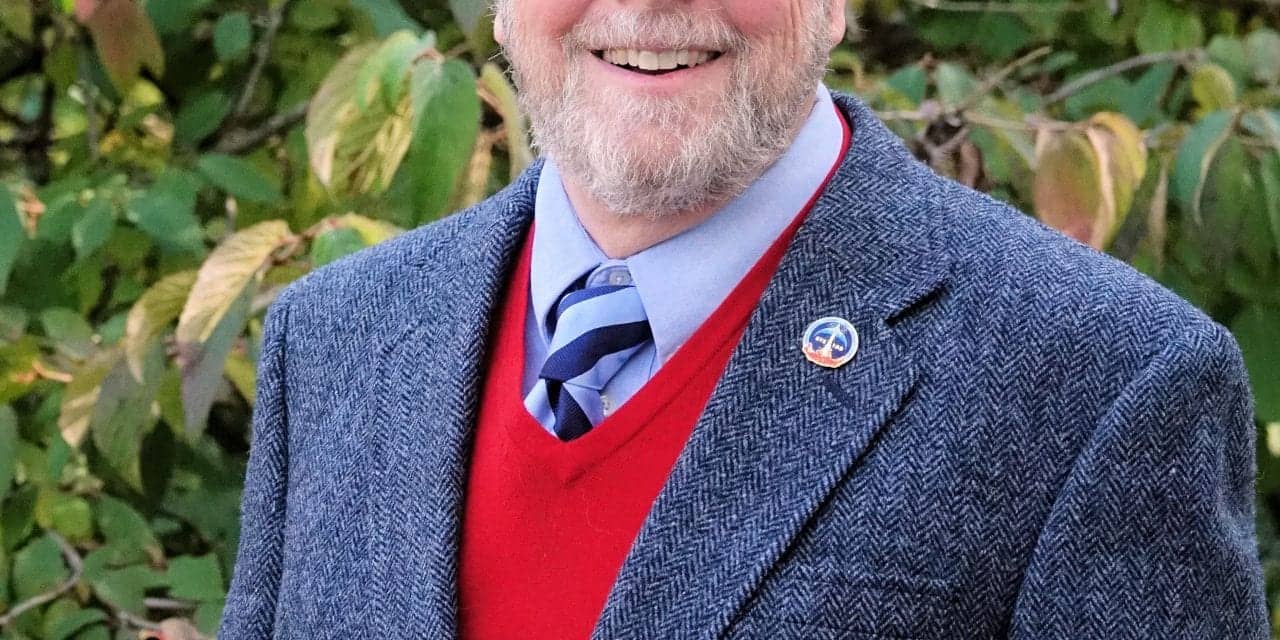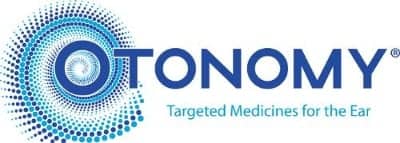Expert Roundtable | February 2017 Hearing Review
Confused by the assortment of hearing conservation standards? Here’s a short guide.
Depending on the reason for measuring and developing them, an array of hearing conservation guidelines and standards have emerged over the last 60 years. Here is a quick overview, as well as what we might expect in the near future.
The causal relationship between loud noise exposure and hearing loss has been acknowledged for millennia. Yet hearing conservation programs as we know them today did not evolve until after World War II. In 1956, the US Air Force (USAF) is credited with having established the first hearing conservation program (HCP) in which the traditional elements of an HCP (eg, exposure limits, hearing tests, and hearing protection) were required.1 The Walsh-Healy Noise Standard was the first federal regulation that applied to civilian workers.2 It was published in 1969, although it should be noted it applied only to those working on government contracts.
From the inception of the first hearing conservation programs, questions arose concerning the most suitable exchange rate (ER) with which to account for the relationship between exposure time and exposure intensity. To that end, in 1965, the National Academy of Sciences-National Research Council Committee on Hearing, Bioacoustics, and Biomechanics (CHABA) proposed hearing damage risk criteria which employed ERs that ranged from 2 dB to 11 dB, depending upon whether the noise exposure was continuous, fluctuating, or intermittent.3 However, given practical considerations associated with implementing a HCP that employed multiple exchange rates, it is not surprising that ensuing guidelines and recommendations would seek to use simplified ERs. Thus, the 1969 Walsh-Healy Noise Standard adopted a 5 dB ER and an 8-hour exposure limit of 90 dBA.
With the passage of time, better methods for measuring exposures were developed, and additional field and laboratory studies were conducted. This led to a proliferation of recommendations and standards:
1971. The International Organization for Standards (ISO) issued its criteria for occupational noise exposure4 which were based on the use of a 3 dB ER.
1972. The National Institute for Occupational Safety and Health (NIOSH) recommended a 5 dB ER with an 8-hour exposure limit of 85 dBA.5
1973. The USAF instituted a comprehensive hearing conservation program (AFR 161-35) that employed a 4 dB exchange rate and an 8-hour exposure limit of 84 dBA.
1974. The US Environmental Protection Agency (EPA) issued noise exposure criteria based on a 3 dB ER.6
An examination of the processes leading to the development of the above recommended exposure guidelines would show that their differences could be attributed to varying methods used to account for the effects of intermittency, the database(s) each used, as well as the extent to which they incorporated other research results, such as those based on animal models and those based on studies of temporary threshold shifts.
Differences could also be attributed to the purpose for each document. For example the EPA “levels” document6 was designed to protect the public from a lifetime of noise exposure, whereas other documents, such as the NIOSH recommendations, were designed to protect workers from occupational noise exposures.
In 1981, the US Occupational Safety and Health Administration (OSHA) issued what we now refer to as the OSHA Noise Standard.7 In addition to its focus on work-related exposures, OSHA was mandated to consider not just the scientific bases but also the economic impact of its rule-making. Thus, the OSHA noise standard adopted a 5 dB ER with an 8-hour permissible exposure limit of 90 dBA.
Where Are We Today?
After an extensive analysis of past and current available data, including 1990 recommendations by the National Institutes of Health8 and 1994 recommendations by the American Conference of Governmental Industrial Hygienists (ACGIH),9 NIOSH updated its recommended exposure limits in 1998.10 It retained its 8-hour 85 dBA exposure limit, but recommended a 3 dB ER instead of a 5 dB ER. Consequently, numerous organizations have since updated their HCPs to incorporate the NIOSH recommendations (eg, NASA, Department of Defense, Department of Interior, American Academy of Audiology, ANSI).
Where Are We Heading?

- It is becoming increasingly clear that non-Gaussian noise is more hazardous than Gaussian noise, and better metrics (perhaps incorporating measures of kurtosis) need to be used when assessing impulsive noise exposures, and
- Based upon the emerging evidence regarding the effect of noise on synapse and progressive neuron loss, noise exposure may be more harmful to our hearing than previously thought. Stay tuned!
References
-
Humes LE, Joellenbeck LM, Durch JS. Noise and Military Service: Implications for Hearing Loss and Tinnitus. Institute of Medicine Committee on Noise-Induced Hearing Loss and Tinnitus Associated with Military Service from World War II to the Present;2006. Available at: http://www.veteransdisabilityinfo.com/files/noise_and_military_service_iom_study_report.pdf
-
US Dept of Labor. Occupational Noise Exposure, Bureau of Labor Standards. Federal Register. 1969;34[May 20]:7946-7949
-
Kryter KD, Ward WD, Miller JD, Eldredge DH. Hazardous exposure to intermittent and steady-state noise. J Acoust Soc Am. 1966;39:451-464.
-
ISO (1971). International Organization for Standardization. Acoustics assessment of occupational noise exposure for hearing conservation purposes. R 1999.
-
National Institute for Occupational Safety and Health (NIOSH). NIOSH Criteria for a Recommended Standard: Occupational Exposure to Noise. Cincinnati: US Dept of Health and Human Services, Centers for Disease Control and Prevention, NIOSH; 1972. DHHS (NIOSH) Publication No. HSM 73-11001.
-
US Environmental Protection Agency (EPA). Information on Levels of Environmental Noise Requisite to Protect Public Health and Welfare with an Adequate Margin of Safety. Washington, DC: EPA. EPA Report 550/9-74-004;1974
-
Occupational Safety and Health Administration (OSHA). Occupational Noise Exposure: Hearing Conservation Amendment. Washington, DC: US Dept of Labor, OSHA; 1981; 46 Federal Register. 1981;4078-4179.
-
National Institutes of Health (NIH). Noise and Hearing Loss: Consensus Statement. NIH Consensus Development Conference. Bethesda, Md: NIH;Jan 22-24, 1990.
-
American Conference of Governmental Industrial Hygienists (ACGIH). 1994-1995 Threshold Limit Values for Chemical Substances and Physical Agents and Biological Exposure Indices;1994.
-
National Institute for Occupational Safety and Health (NIOSH). NIOSH Criteria for a Recommended Standard: Occupational Noise Exposure; Revised Criteria. Cincinnati: US Department of Health and Human Services, Centers for Disease Control and Prevention, NIOSH; DHHS (NIOSH) Publication No. 98-126;1998.
-
Suter A. The relationship of non-Gaussian noise to noise-induced hearing loss. Seminars in Hearing. In press.
Citation for this article: Stephenson M. The evolution of hearing conservation guidelines and standards in the United States. Hearing Review. 2017;24(2):15-16.
MORE ARTICLES IN THIS SERIES…
Expert Roundtable: Music & Hearing (February 2017 Hearing Review)
Expert Roundtable: Music & Hearing on the 100th Anniversary of Recorded Jazz, By Marshall Chasin, AuD, Bethany Ewald Bultman, and Dan Beck, Guest-editors
Jazz: An Acoustical Revolution, By Bethany Ewald Bultman
The Evolution of Hearing Conservation Guidelines and Standards in the United States, By Mark Stephenson, PhD
A Historical Perspective on Hearing Protection, By Patricia A. Johnson, AuD
Ear Infections Over the Ages, By Kenneth Einhorn, MD
Promoting Safe Sounds in the Birth City of American Music, By John J. Hutchings, MD, and Bethany Ewald Bultman
Temporary Threshold Shift (TTS) Is NOT So Temporary, By Marshall Chasin, AuD
Have We Really Come That Far? By Dan Beck





